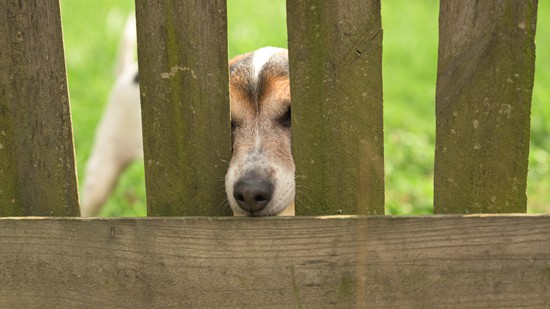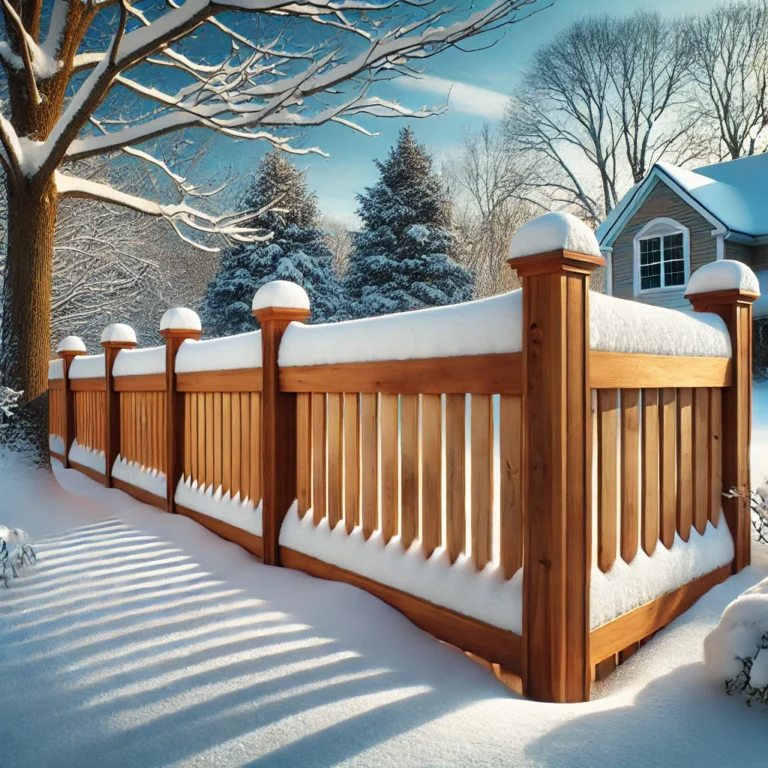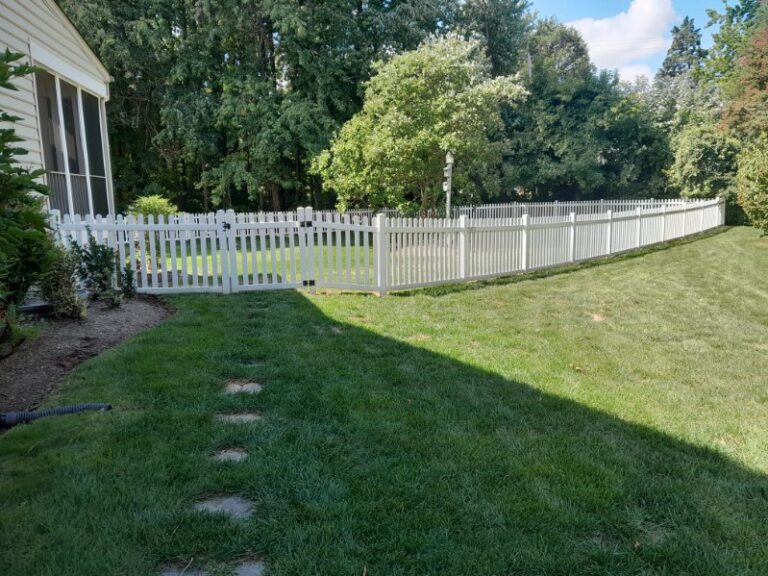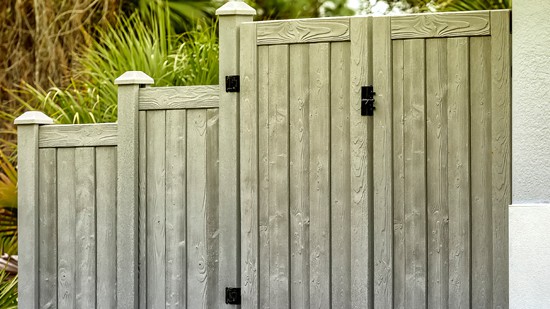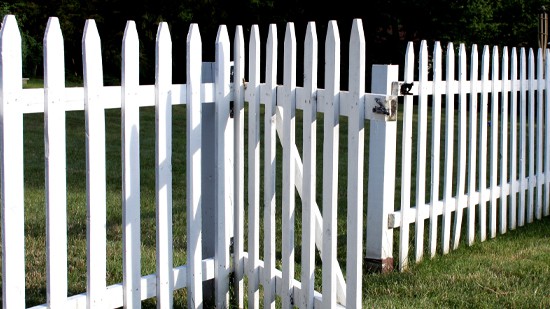Have a little Houdini in the family that keeps escaping your yard? Can your dog dig a hole faster than you can yell “Stop!”? This is common for breeds of all sizes, and it can be worrisome for pet owners. Thankfully, there are several ways to protect the bottom of your fence to keep your dog in.
Figure out Why Your Dog Is Digging
Ideally, you need to determine the root cause of the digging so you can find the appropriate solution. Some dog breeds are naturally prone to breeding. For instance, dachshunds are known burrowers because they were specifically bred to do just that.
In other cases, the digging may be the result of boredom, anxiety, fear, or other symptoms. Evaluate your dog’s behavior to determine why he or she is digging. Then you can determine if the fence is the culprit, or if you can train the dog to prevent the behavior.
Concrete Footing
A concrete footing along the base of your fencing is sure to keep your dog from digging. After all, your dog’s paws can’t dig through concrete, no matter how hard they try. With that in mind, concrete footings add time and expense to fence installation, and they’re not ideal for all fence designs. If you’re trying to modify your existing fence, this wouldn’t be a good option. The concrete should be poured as part of the fence installation for optimal results.
Mud Board (Rot Board)
Mud boards are great for wooden fences. They are designed to protect the bottom of the fencing from rot, but they double as dog fence security. The mud board runs horizontally along the bottom of the fence pickets, and it can be added after the fence is installed. If your dogs are prone to pushing on the pickets, this will fortify the fencing even further.
Chicken Wire or a Staked-Down Animal Barrier
Buried chicken wire has become a staple for DIY dog fence protection. Simply secure the chicken wire to the bottom of the fence, bend it in an L shape, and then stake the flat part into the ground. Bury this in compacted dirt or let the grass grow in the area. When the dogs go to dig, they won’t be able to get through the chicken wire and under your fence.
Another alternative to this would be to get an animal barrier that anchors into the ground. You can find these at many pet stores, but they can get pricey. These barriers are essentially rows of ground stakes attached to each other. Hammer the pointed end into the ground, and the mesh at the top will protect your fencing.
Decorative Rocks or Pavers
Some homeowners add decorative rock paths or pavers along the edges of their yard. This looks good and may work in certain instances, but you should proceed with caution. The rock beds may attract pests, and they may make it difficult to maintain certain areas of your yard. Explore other options before pouring rocks along the edge of your fencing.
Block the View to Discourage Digging
If your dog is digging to try to escape to interact with something/someone outside the yard, block the view. This may not eliminate the digging completely, but it could deter it. You can add privacy to a chain link fence with slats or screens. You could replace your metal fence gate with a solid privacy gate. Even something as simple as placing a trash can in front of the view points could make a difference in the digging frequency.
Get a Quote for Dog Fencing in Baltimore, MD
Are you in need of durable, dependable dog fencing in Baltimore, MD? All Around Fence specializes in pet fence installation. From wood fences to vinyl fences and beyond, we have the tools and expertise to assist you. Let us know what your specific needs are, and we can recommend the best fence solutions to accommodate them.
Call (443) 838-9374 to schedule a no-obligation consultation with All Around Fence.

